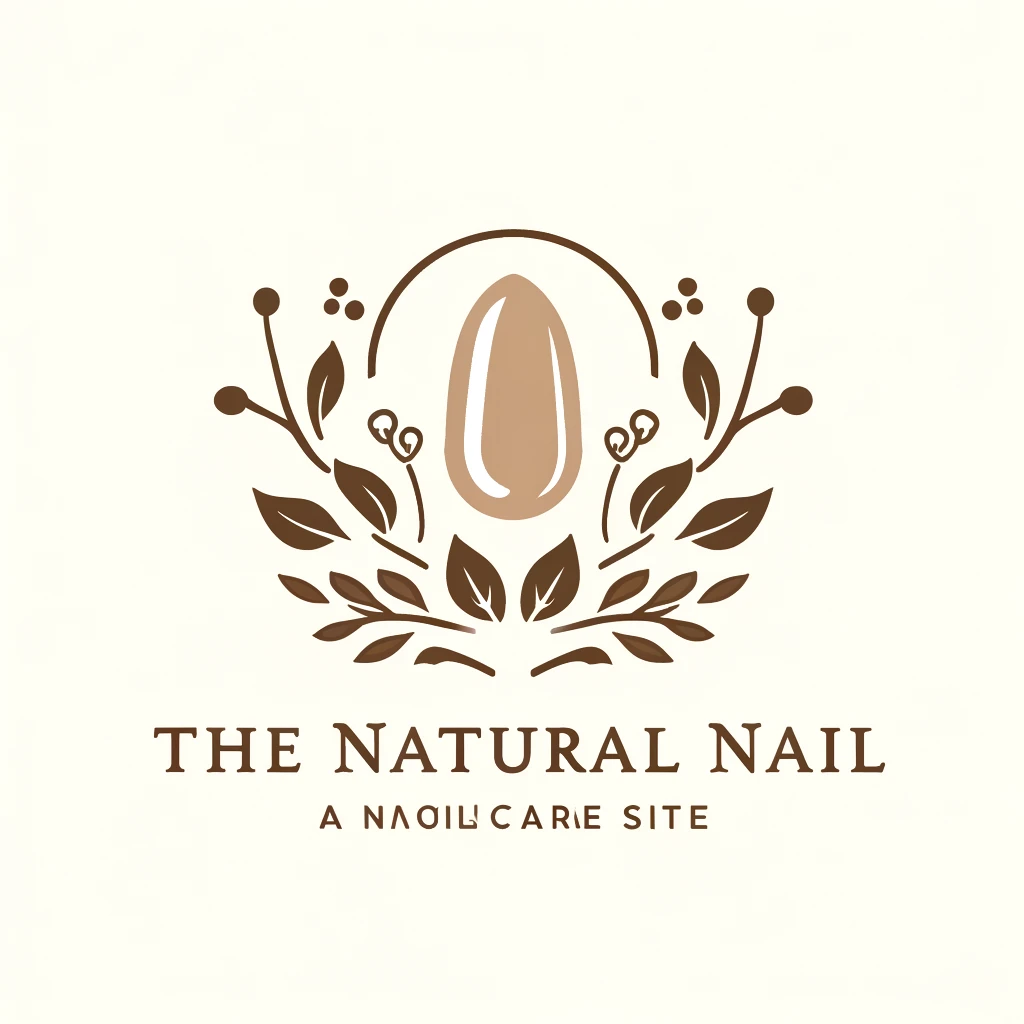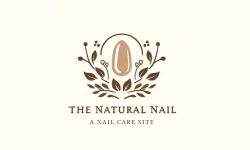Acrylic nails provide unlimited opportunities for creative expression. However, before unleashing your inner nail artist on friends and family, you must first master the application method. Traditionally, practice includes utilizing a specialized imitation hand; but, what if you don’t have one? Fear not, aspiring nail technicians! Here’s a list full of imaginative solutions to Practice Acrylic Nail abilities at home without using a fake hand.
Practice Makes Perfect: Essential Supplies To Practice Acrylic Nail
Before diving into alternative practice methods, ensure you have the essential acrylic nail supplies:
- Acrylic liquid and powder: The foundation of your creations. Choose a good quality brand suitable for beginners.
- Nail brush: The tool for applying the acrylic. Opt for a brush with a comfortable grip and synthetic bristles.
- Nail forms (optional): These pre-shaped guides help create even and consistent acrylic extensions.
- Nail tips (optional): Consider using clear or practice tips for chip-free practice.
- File and buffer: To shape and smooth the finished acrylic application.
- Cuticle pusher and nippers (optional): For basic nail prep (though some methods might not require these).
- Nail prep solution (dehydrator and bonder): Improves adhesion between the natural nail and acrylic.
- Acrylic top coat: Provides a protective and glossy finish.
- Non-acetone nail polish remover: For removing mistakes without damaging natural nails.
- Paper towels and cotton swabs: For wiping away spills and cleaning up.

Creative Practice Acrylic Nail Methods: No Fake Hand Needed!
Here are several clever methods to Practice Acrylic Nail, even without a specialized fake hand:
1. Practice Acrylic Nail on Yourself (with a Twist):
This may sound terrifying at first, but with a little imagination, you may try specific acrylic methods on your own nails. Here’s how.
- Focus on one nail at a time: Apply acrylic to one finger and leave the others bare. This enables for more focused practice with application, shape, and nail art methods. Before you practice on another nail, make sure you properly remove the acrylic with a non-acetone remover.
- Practice French Tips: French manicures are a classic and excellent way to practice drawing a crisp line. Apply a base layer to your natural nails before adding a white tip using acrylic. Experiment with various tip widths to improve your freehand skills.
- Practice Nail Art on One Nail: Acrylic provides for beautiful nail art designs. Select one finger to practice specific skills such as marbling, stamping, or complicated designs. This allows you to experiment without committing to an entire set.
2. Use Household Items:
Look around your house for unconventional yet effective practice surfaces:
- Ring pops: The plastic base of a ring pop provides a smooth, curved surface comparable to a nail. Use a thin layer of acrylic to practice shaping and filing methods.
- False eyelashes: The individual lashes provide a tiny, curved surface ideal for practicing intricate nail art designs. They’re disposable and readily available, making them perfect for quick practice sessions.
- Sticky notes: These can be used as random nail art palettes. Apply a foundation coat to the sticky note, then experiment with other acrylic colors and techniques.
3. DIY Practice Fingers:
With a little ingenuity, you can create your own practice fingers using readily available materials:
- Cuticle pusher and nail tips: Put a little bead of acrylic on the tip of a cuticle pusher. Allow the acrylic bead to set after applying a clear or practice nail tip. This results in a simple and reusable practice finger.
- Modeling clay and toothpicks: Shape the clay into a finger-like form and insert a toothpick for stability. Apply a base coat to the clay and practice applying acrylic as usual.

4. Watch & Learn:
While not technically “hands-on” practice, watching educational resources can significantly improve your acrylic skills:
- Nail technician tutorials: Numerous internet tutorials demonstrate the complete acrylic application process, from preparation to design. Pay particular attention to your hand movements, brushing technique, and product application.
- Live demonstrations: Follow nail artists on social media platforms such as Instagram and YouTube who provide live demos. This can provide significant information about real-time application and troubleshooting strategies.
Practice Acrylic Nail with Purpose: Tips for Effective Learning
- Work quickly but steadily: Acrylic cures quickly, so practice working efficiently while maintaining accuracy. With time, your speed and control will improve.
- Don’t be afraid to make mistakes: The purpose of practice is to learn from your mistakes. Don’t be disappointed by flaws. Simply remove the acrylic and try again.
- Document your progress: Take images of your practice sessions to monitor your progress. This visual record can be a powerful motivator and help you find areas for improvement.
- Be patient and persistent: Learning acrylic nails requires time and effort. Do not get discouraged if you do not notice quick benefits. Consistent practice and a positive mindset are essential for success.
Beyond Practice Acrylic Nail: Safety Considerations
While practicing acrylic nails at home, prioritize safety:
-
Work in a well-ventilated area: Acrylic liquid has a strong odor and can be irritating to the respiratory system. Ensure proper ventilation to avoid inhaling fumes.
-
Protect your skin: Acrylic may irritate the skin. Wear gloves to minimize skin contact and avoid touching your eyes or face when dealing with acrylic materials.
-
Handle liquids carefully: Acrylic liquid is flammable. Keep it away from heat sources and open flames.
-
Store products properly: Store acrylic products in a cool, dark place with the lids tightly sealed to prevent evaporation and contamination.
-
Dispose of used materials responsibly: Do not pour leftover acrylic liquid down the drain. Follow proper disposal guidelines for your region.

Conclusion: Mastering Acrylic Nails at Home
With effort, creativity, and the appropriate attitude, you can perfect acrylic nails at home, even without a fake hand. By using the alternate Practice Acrylic Nail methods described above and prioritizing safety, you’ll be well on your way to producing flawless acrylic applications and unlocking your inner nail artist and it is also important to maintain your acrylic nails properly. Remember: practice makes perfect! So collect your equipment, accept the learning process, and prepare to create gorgeous acrylic nail designs.

